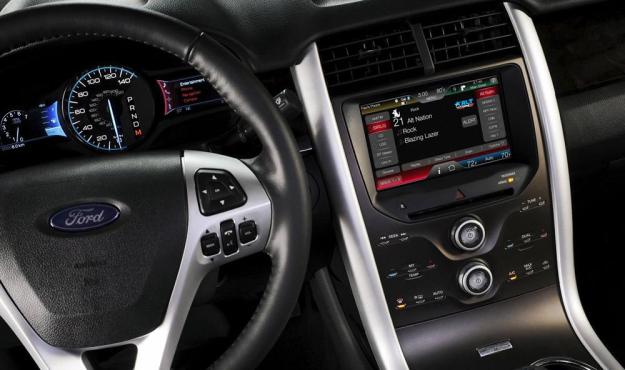
As detailed within an official press release on Ford’s site, the car company is enabling the ability to track driver mileage and feed that information to State Farm though the Ford SYNC telematics system. This information is collected by State Farm in order to help drivers qualify for the Drive Safe and Save program that offers State Farm customers discounts based on the distance an automobile travels every month. While somewhat similar to Progressive’s Snapshot program, the only data provided to State Farm is mileage and doesn’t take other factors into account like time of day or the number of hard brakes a driver makes when operating the vehicle.

This program is optional for owners of cars that utilize the Ford SYNC connectivity system and requires an opt-in process to activate the program with State Farm. According to Ford, a State Farm customer that enrolls in the program should expect a five percent discount at the start. Someone that drives approximately 1,000 miles a month can expect about a 10 percent discount, but anyone that uses a vehicle more sparingly could see a discount rate up to 40 percent. However, drivers that commute heavily during the week for work will likely find themselves at a disadvantage when it comes to qualifying for a sizable discount.

However, the data is being used to predict risk when providing new policies for other drivers in the region and State Farm is required to supply all collected data to law enforcement agencies if a request has been made. Anyone concerned about the complete privacy of their driving data may prefer to avoid this opt-in program.
State Farm’s Drive Safe and Save program was already available to customers that use an on-board diagnostic system (OBD-II) to pull a report of driving data. Ford plans to roll out the SYNC connectivity in Utah first before expanding out to other states. The Ford SYNC system also allows users to sync a smartphone into the system for hands-free calling, reads and displays incoming text messages on the display, can provide Internet connectivity for other passengers, calls emergency services automatically when an airbag deploys and provides navigation services with turn-by-turn voice directions.


